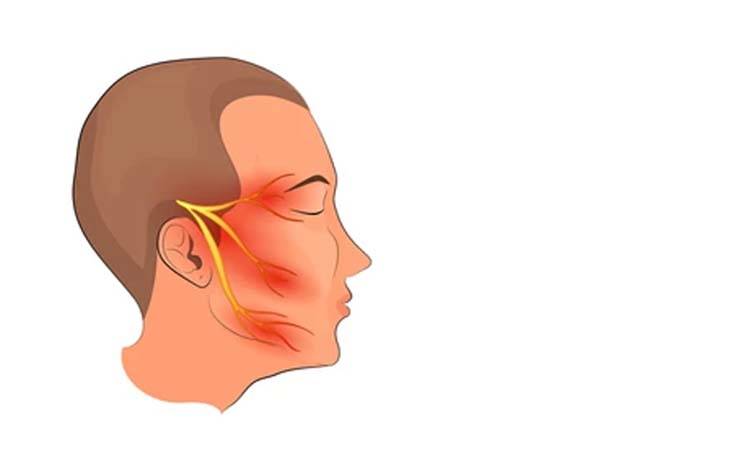
Trigeminal neuralgia (TN) can be a challenging condition to diagnose and may even be misdiagnosed.
A dentist should be able to recognize the symptoms associated with it. This allows them to make a referral to the specialist and avoid triggering pain during a dental procedure.
Understanding the Trigeminal neuralgia
TN, as the name suggests, is a chronic condition involving the Trigeminal nerve. It is commonly described as a unilateral, electric shock-like pain that can interrupt day-to-day life. Brushing, shaving, touching the face and exposure to bursts of cold air are some of the triggers. A patient may suddenly experience a jolt of unbearable pain while undergoing a dental procedure. This is where a dentist’s knowledge of the nerve and its trajectory comes in handy.
Accurate diagnosis is quite a feat
Diagnosing TN is not as straightforward as it sounds and warrants a multidisciplinary approach. Dentists are likely to be the first ones to encounter such a condition. Experts usually see them as the hub of pain relief associated with the face or oral cavity.
Medical history is one of the initial and crucial steps that cannot be overlooked. It provides clues and paves a path to reach a definitive outcome. Therefore, they should keep their eyes peeled for the presence of signs that suggest TN. When pain is the primary complaint, dentists must rule out all dental causes before jumping to conclusions. Dental professionals should direct attention toward rigorous examination through exclusion.
The dentist’s role
There are no specific diagnostic tests for TN. It resembles other painful disorders, which makes it even more difficult to diagnose. Dental professionals must conduct a comprehensive evaluation, including a physical examination of the areas under scrutiny. The patient’s history and description of symptoms are usually the best bet. The type of pain, its location and commencement are one of the most prominent indicators. If dentists suspect TN, they should refer the person to a primary care physician, who may then reach a neurologist.
Conclusion
Even if dentists are not directly involved, they should be familiarise with the entire process. That is to say, this enables the prevention of unnecessary extractions after dismissing odontogenic causes. Moreover, dental professionals can avoid triggers by being cautious when handling such patients. The goal is to alleviate pain without adding to their misery. Maintaining good oral hygiene is another challenge that dentists must tackle. Above all, patients should have regular follow-ups and receive counselling to encourage them to follow a healthy routine.

Dr Syeda Rehma Hasan
The author is a contributing writer and Canadian correspondent at Dental News Pakistan and can be reached at rehmahasan@gmail.com

